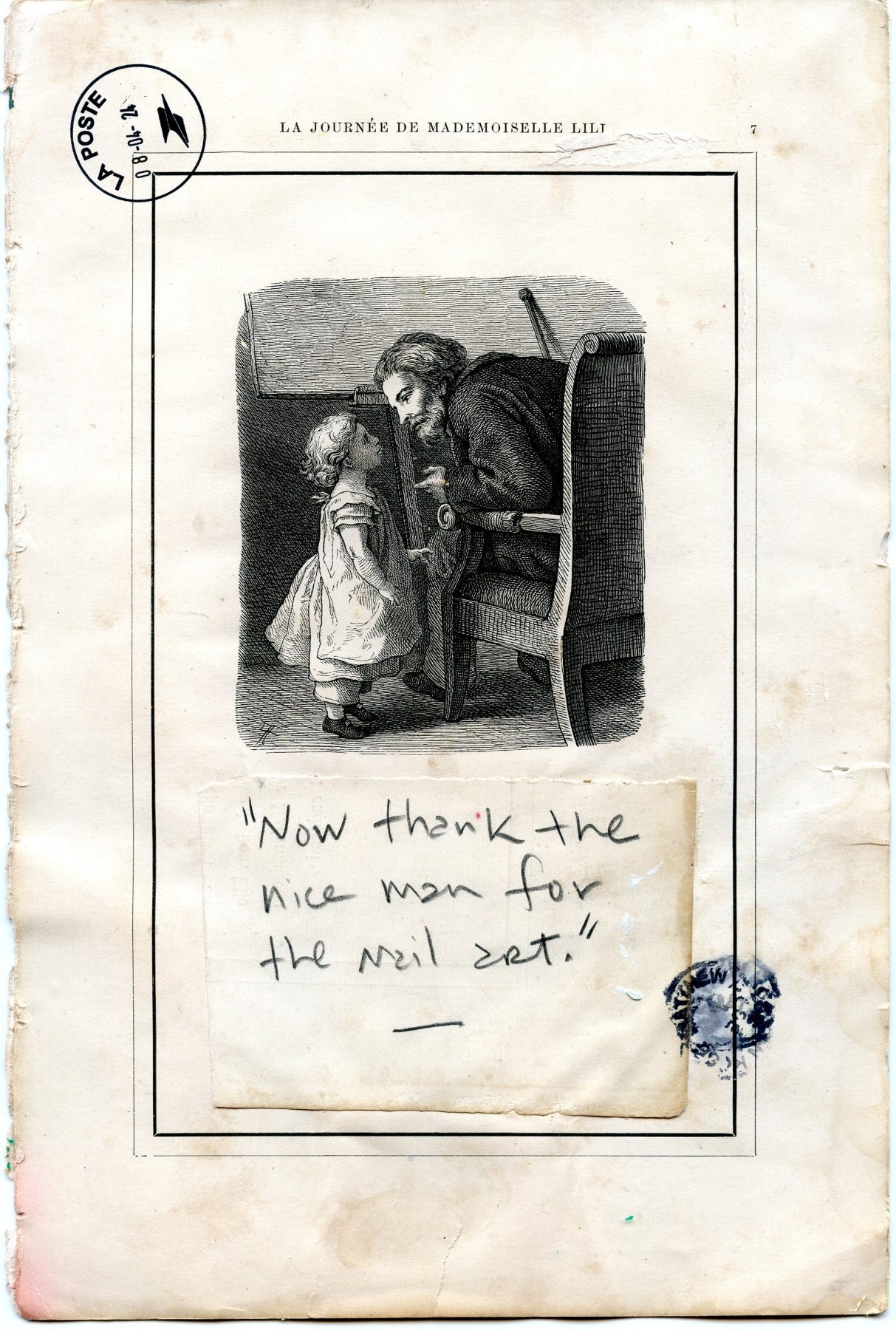Here is an article in response to a post - a confession really - by my friend Matthew Rose.
”I collapse nightly in a sea of hundreds of picture books, torn papers, balled-up drawings, broken pencils, spilled paint cans, scissors, and X-actos strewn across the floor. My studio is a crime scene. I should be in a hospital, safe from my own refuse and my own “successes.”…
“…it’s here (and there, and there, too). My stuff. Piled up, in boxes, in cartons, on tables, stacked along the hallway, on shelves. Everywhere. I sleep in a warehouse of it and close my eyes at night, asking, What’s the purpose of all this stuff?”
Read it here:
The Artist as Living Archive: A Life as Gesamtkunstwerk
Most artists start out thinking of their work as a series of individual pieces - this painting, that poem, a performance here, an installation there. But what if we saw the entire span of our creative lives as a single unfolding work, a Gesamtkunstwerk - a total work of art - shaped over decades?
From this perspective, the artist is also the archivist. Every sketch, draft, experiment, and collaboration becomes part of the permanent record. The paintings that sold, the pieces that never left the studio, the failures that taught you something essential - all of it belongs. It is a museum-in-the-making, curated not only by your hand but by time, chance, and the evolving eye of history.
This shift in mindset changes how we work. Instead of chasing quick wins or isolated recognition, we tend to the continuity of the whole. Each piece is made with an awareness of its place in a larger story. We make room for recurring motifs, for unresolved threads that resurface decades later, for the way one medium speaks to another in the quiet corridors of our practice. It is a record of lifelong conversation with oneself and with the world.
It also changes how we live. When life and work are integrated into a single archive, the way we eat, walk, travel, and speak becomes part of the same composition. The studio expands to include the street, the kitchen, the conversation with a stranger. The borders between art and life blur - not to dissolve the distinction entirely, but to allow each to illuminate the other.
Why does this matter beyond the art world? Because artists who see themselves as living archives are well-positioned to help cultures remember what matters. In an age of constant distraction, where meaning is scattered and fleeting, the discipline of weaving a life-long work offers a counter-model. It says: continuity matters, memory matters, intention matters.
This is why the “museum” of your life’s work is not just about you. It’s also about what you are preserving for the future - what truths, questions, and visions will remain when you are no longer here. Every generation needs its living archives, the ones who show by example that art can be not just a career or a series of objects, but a sustained conversation with the world, carried across a lifetime.
Seen this way, the real masterpiece is not any single artwork. The masterpiece is the life itself.
Remember:





This is stunning work, not just in its ideas, but in how honestly and clearly you articulate them. You take “life as art” and make it feel radical and fresh again. The way you see the artist as both creator and archivist, shaping not just objects but a whole lived trajectory, really resonates. It’s so easy to get caught up in chasing quick validation or ticking off finished pieces, but you remind us that the real work is the thread running through it all as the unbroken conversation with ourselves, our tools, and the world around us.
The idea of the studio bleeding into the street, the kitchen, the everyday, is something I strive for but rarely see put into words so beautifully. You’ve given language to a feeling I think many of us live with but don’t always know how to claim.
Thank you for the reminder that the masterpiece is the life itself. That’s both daunting and liberating.